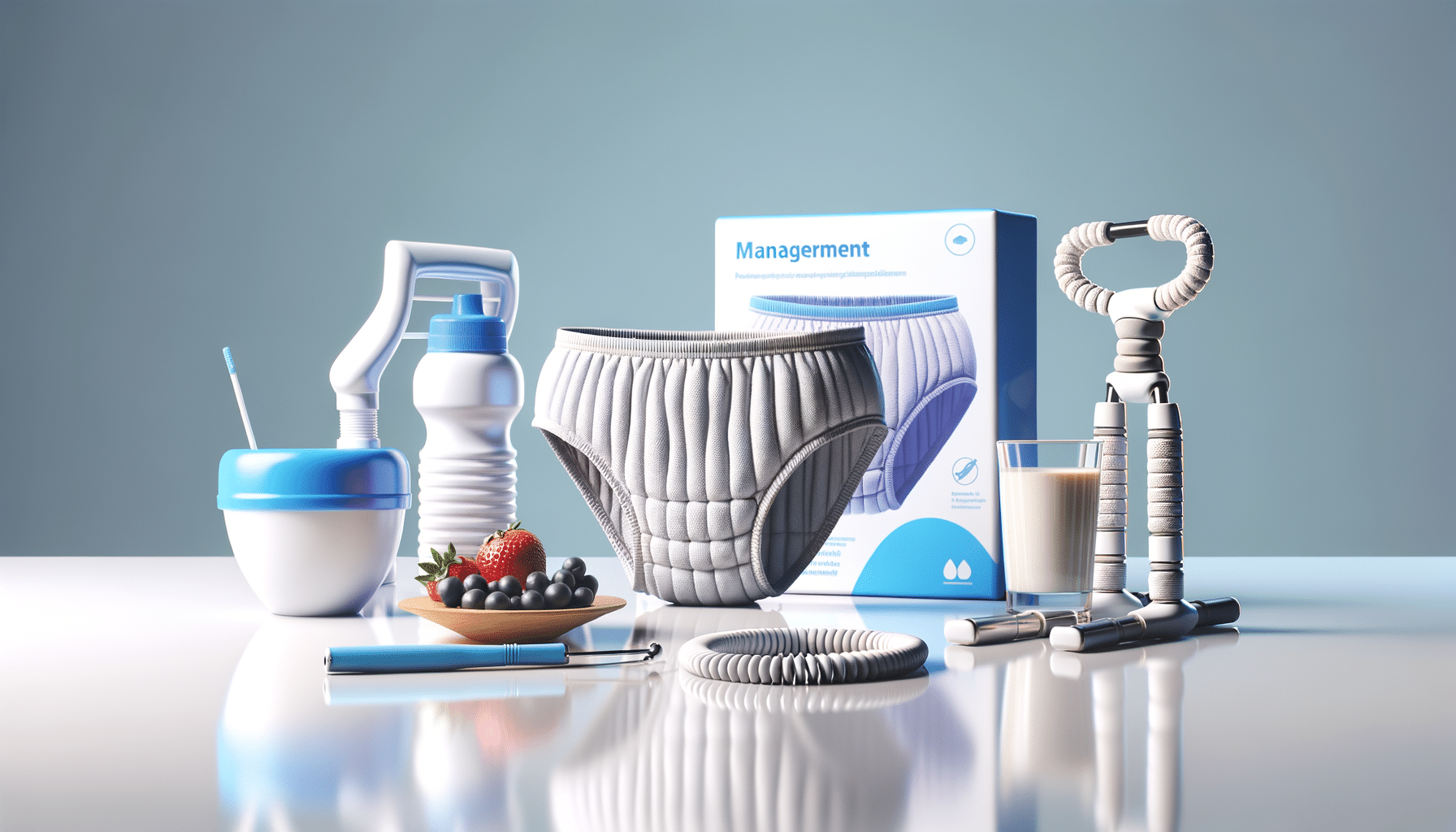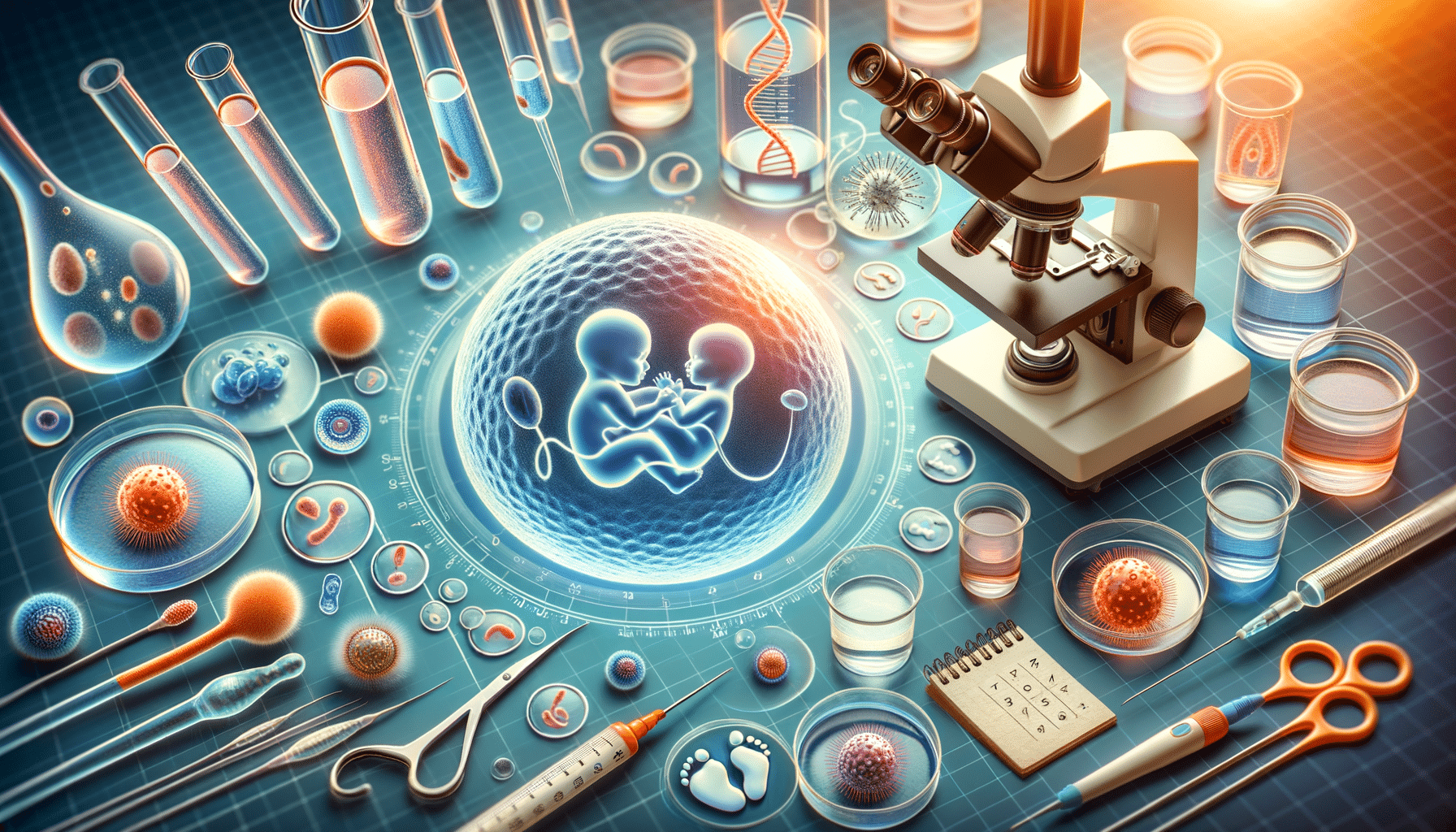
Effective ways to manage urinary incontinence
Understanding Urinary Incontinence
Urinary incontinence, a condition characterized by the involuntary leakage of urine, affects millions of people worldwide. It can be a source of embarrassment and discomfort, impacting daily activities and quality of life. Understanding the underlying causes and types of urinary incontinence is crucial for effective management. The condition can result from a variety of factors, including weakened pelvic floor muscles, nerve damage, or certain medical conditions. It is essential to consult healthcare professionals to determine the specific type and cause of incontinence, as this will guide the appropriate treatment options.
There are several types of urinary incontinence, each with distinct characteristics. Stress incontinence occurs when physical activities such as coughing or exercising put pressure on the bladder. Urge incontinence, also known as overactive bladder, is characterized by a sudden, intense urge to urinate, often leading to leakage. Mixed incontinence is a combination of stress and urge incontinence, while overflow incontinence involves the inability to empty the bladder completely, resulting in dribbling. Functional incontinence occurs when a person is unable to reach the bathroom in time due to physical or mental barriers.
Identifying the type of incontinence is the first step towards managing the condition effectively. By understanding these nuances, individuals can work with healthcare providers to develop a personalized treatment plan that addresses their specific needs.
Lifestyle Modifications for Managing Incontinence
Implementing lifestyle changes can significantly impact the management of urinary incontinence. These modifications often serve as the first line of defense and can lead to noticeable improvements in symptoms. One of the most effective strategies is maintaining a healthy weight, as excess weight can place additional pressure on the bladder and pelvic floor muscles, exacerbating incontinence.
Dietary adjustments can also play a crucial role. Reducing the intake of bladder irritants such as caffeine, alcohol, and spicy foods can help minimize symptoms. Staying hydrated is important, but it is advisable to avoid excessive fluid intake, especially before bedtime, to reduce nighttime incontinence. Establishing a regular bathroom schedule can help train the bladder, and timed voiding can prevent accidents by encouraging urination at set intervals.
Incorporating pelvic floor exercises, known as Kegels, into daily routines can strengthen the muscles that support the bladder. These exercises involve contracting and relaxing the pelvic floor muscles, which can enhance bladder control over time. Consistency is key, and individuals may benefit from working with a physical therapist to ensure proper technique.
By adopting these lifestyle modifications, individuals with urinary incontinence can take proactive steps towards managing their condition, improving their quality of life, and reducing the impact of symptoms on daily activities.
Medical Treatments and Interventions
For those seeking additional support beyond lifestyle changes, a range of medical treatments and interventions are available to manage urinary incontinence. These options are often tailored to the specific type and severity of incontinence, as well as the individual’s overall health and preferences.
Medications can be prescribed to address various aspects of urinary incontinence. For example, anticholinergics can help reduce bladder overactivity in cases of urge incontinence, while alpha-blockers may be used for men with overflow incontinence due to prostate issues. It is important to discuss potential side effects and interactions with a healthcare provider before starting any medication.
In some cases, medical devices can provide effective solutions. Pessaries, for instance, are devices inserted into the vagina to support the bladder and reduce leakage in women with stress incontinence. For men, external urinary collection devices can offer a discreet way to manage incontinence.
Surgical interventions may be considered for severe cases where other treatments have not been successful. Procedures such as sling surgery, bladder neck suspension, or artificial urinary sphincter implantation can provide long-term relief for certain types of incontinence. It is crucial to weigh the benefits and risks of surgery with a healthcare provider to make an informed decision.
Overall, medical treatments and interventions offer a variety of options for individuals seeking to manage urinary incontinence, allowing them to regain control and confidence in their daily lives.
Psychological and Emotional Considerations
Urinary incontinence is not just a physical condition; it can also have profound psychological and emotional effects. The embarrassment and anxiety associated with incontinence can lead to social withdrawal, decreased self-esteem, and even depression. Understanding and addressing these emotional aspects is an integral part of comprehensive incontinence management.
Support groups and counseling can provide valuable resources for individuals coping with the emotional challenges of incontinence. Sharing experiences with others facing similar issues can alleviate feelings of isolation and offer practical coping strategies. Professional counseling can help individuals develop a positive mindset and build resilience, enabling them to navigate the emotional complexities of living with incontinence.
Mindfulness practices and stress reduction techniques, such as meditation and yoga, can also be beneficial. These practices promote relaxation and can help individuals manage anxiety and stress, which may exacerbate incontinence symptoms. By focusing on mental well-being, individuals can improve their overall quality of life and enhance their capacity to manage incontinence effectively.
Addressing the psychological and emotional aspects of urinary incontinence is crucial for holistic management. By fostering a supportive environment and prioritizing mental health, individuals can empower themselves to live fulfilling lives despite the challenges of incontinence.
Future Directions in Incontinence Research and Treatment
As our understanding of urinary incontinence continues to evolve, so too do the possibilities for innovative treatments and interventions. Researchers are exploring new frontiers in incontinence management, aiming to develop more effective and less invasive solutions for those affected by this condition.
One area of promising research involves regenerative medicine and the potential use of stem cells to repair and regenerate damaged tissues in the urinary system. While still in the experimental stages, these therapies hold the potential to revolutionize the treatment of incontinence by addressing the root causes rather than merely managing symptoms.
Technological advancements are also playing a significant role in shaping the future of incontinence management. Wearable devices and smart technology are being developed to monitor bladder activity and provide real-time feedback to users, enabling them to manage their condition more effectively. These innovations offer a glimpse into a future where individuals can have greater autonomy and control over their incontinence.
Furthermore, ongoing research into the genetic and molecular mechanisms underlying incontinence may lead to the development of targeted therapies that address specific pathways involved in bladder function. Personalized medicine approaches could offer tailored treatments based on an individual’s unique genetic profile, enhancing the effectiveness of interventions.
The future of urinary incontinence research and treatment is filled with exciting possibilities. By staying informed about these advancements, individuals can look forward to a future where incontinence management is more effective, personalized, and empowering.


